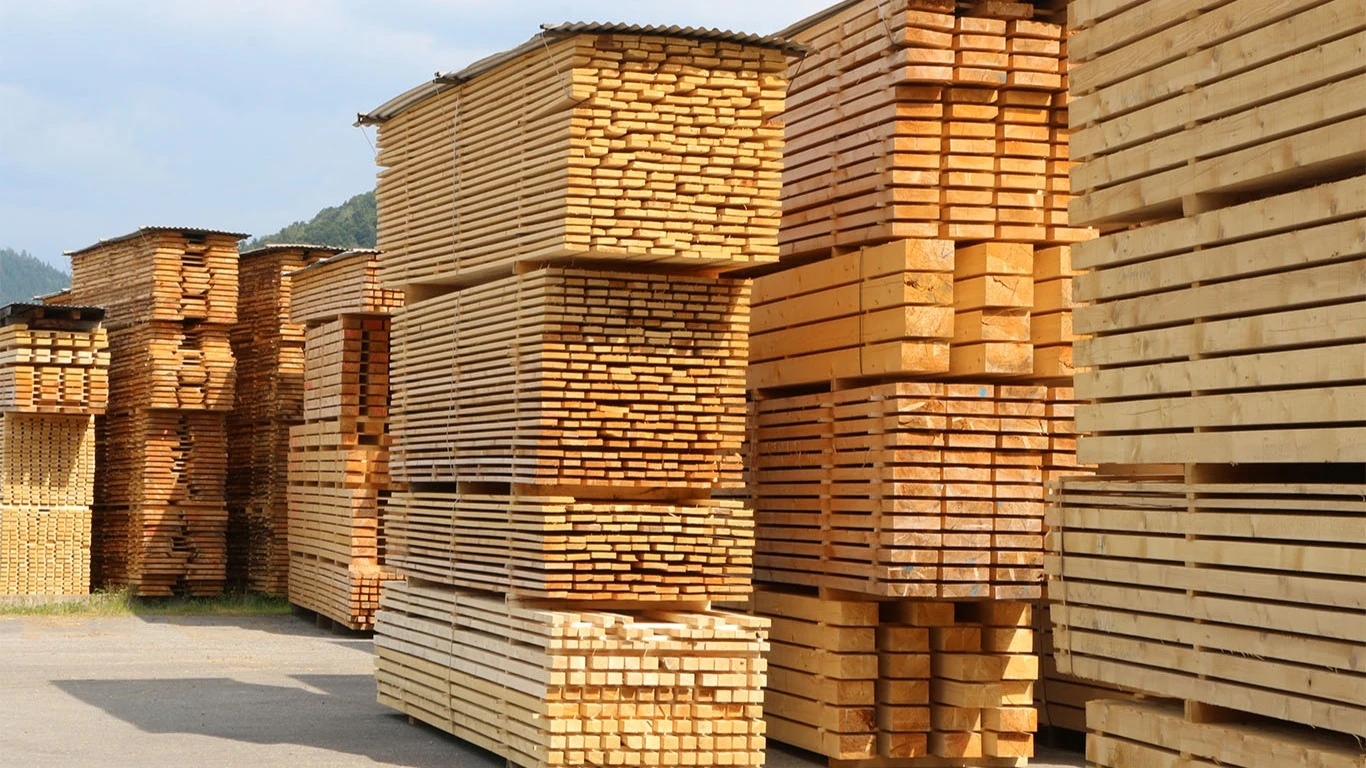New genetically engineered woods to transform construction industry

Researchers have made a major breakthrough regarding genetically engineered wood, and it could revolutionize the push for green construction practices.
According to Innovation News Network, scientists at the University of Maryland, led by Professors Yiping Qi and Liangbing Hu, have created a form of poplar wood that is as strong as chemically treated wood and on par with aluminum in terms of tensile strength.
They accomplished this by using base editing to affect a key genome in poplar trees that deals with the production of lignin.
The scientists reduced the amount of lignin in their poplar trees by almost 13 percent. Lignin is a polymer that helps stabilize the structure of cell walls in plants and also aids in the transport of water and nutrients.
Typically, when you engineer wood to be stronger and more durable, you do that by chemically reducing the amount of lignin in the wood. The process is energy-intensive and involves the use of a plethora of chemicals that could harm the environment.
By genetically removing that lignin from the wood before the trees have grown, scientists can reduce our reliance on harmful chemicals and further reduce the carbon footprint of construction.
Professor Qi believes that this result is just the beginning.
"This research we just published is really just a proof of concept," Qi said in an interview with Science Friday. "And ultimately what we want to do is, we would actually expand this approach, this concept, to trees that are more relevant for us to use for building material, like pine, for example. So, if we can do that, then I think, economically, that could be a lot of potential there."
Wood is becoming an increasingly popular building material due to its ability to trap planet-warming carbon dioxide.
There have been significant developments in cross-laminated timber, and the first wooden blades were recently installed on a wind turbine.
"This is just one major step for us to really have this result, and we are excited to explore the other trees by applying similar technologies," Qi said in the Science Friday interview.
The use of timber in construction is gaining traction worldwide.
Notable projects such as a 5,000-seat football stadium in the UK, a replacement terminal at Zurich airport, the Naples central underground station, and the aquatic centre for the Paris 2024 Olympic Games all feature timber as the primary construction material.
Mass timber products, including cross-laminated timber (CLT), glulam, and laminated veneer lumber, are becoming popular due to their benefits in strength, flexibility, and sustainability.
The need to decarbonise cities is a significant driving force behind the adoption of timber in construction.
The built environment sector is responsible for 37 percent of global emissions, largely due to the use of high-emission materials like concrete and steel.
Studies indicate that replacing these materials with mass timber could reduce global CO2 emissions by 14-31 percent and fossil fuel use by 12-19 percent.
According to Built by Nature (BbN), mass timber products are combustible but behave predictably in fires, and various fire prevention measures can be applied.
The UK, following the Grenfell fire disaster in 2017, has stringent fire regulations that limit the use of combustible materials in buildings over 18 metres tall.
This has reduced the residential market for mass timber in the UK, although it remains popular for sports facilities and schools.
Sustainability concerns also play a role in the adoption of mass timber.
While proponents argue that timber is a renewable resource, the United Nations Environment Programme (UNEP) warns that the CO2 reduction potential of timber has been overestimated.
The sustainability of timber depends on responsible harvesting and replanting practices, which vary globally.
In the UK, most engineered wood products are certified by the Forest Stewardship Council (FSC) or the Programme for the Endorsement of Forest Certification (PEFC).
The future of timber in construction looks promising as awareness of its environmental benefits grows.
Policymakers and industry stakeholders are increasingly recognising the potential of timber to reduce the construction sector’s environmental footprint.
Andrew Lawrence, global timber specialist at Arup, emphasised the need for consensus on fire safety and water damage solutions to build confidence in timber construction.
As cities worldwide strive to reduce their carbon footprints, timber offers a viable alternative to traditional materials like concrete and steel.
However, the adoption of timber is not without its challenges.
Fire safety concerns, sustainability issues, and the need for industry-wide knowledge and acceptance are significant hurdles that must be addressed.
Innovations such as hybrid wood products and research into biomass-based glues show promise in overcoming some of these challenges.
Moreover, policies at both city and national levels are crucial in promoting the use of timber.
Mandates, subsidies, and legislative measures are driving the adoption of mass timber, particularly in regions where awareness and expertise are already established.
Top Headlines
© 2025 IPPMEDIA.COM. ALL RIGHTS RESERVED

























